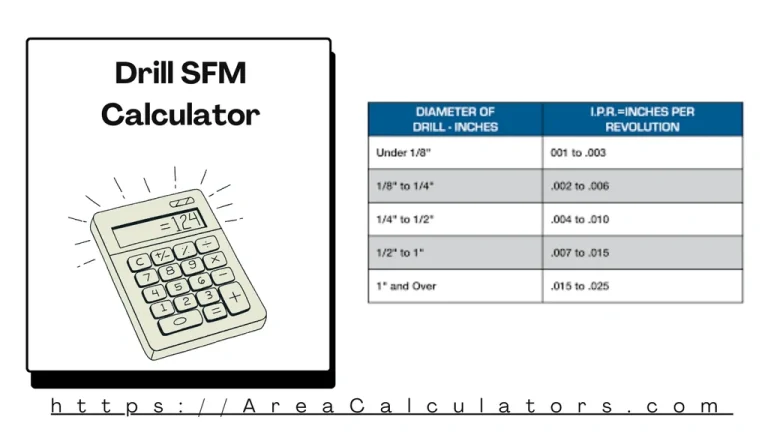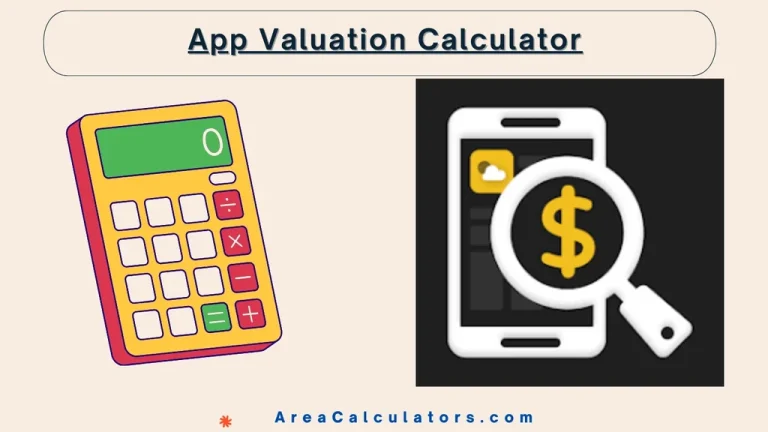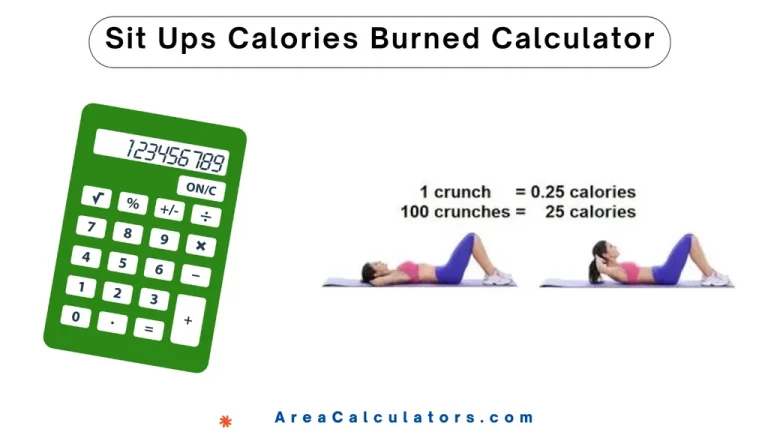Braden Score Calculator
To find the Braden score, assess six areas: sensory perception, moisture, activity, mobility, nutrition, and friction/shear. Each is scored, and the sum gives the final score indicating the risk level for pressure ulcers.
The Braden Score is a widely used tool by health practitioners. It is helpful for the evaluation of the risk of developing pressure ulcers or bedsores. It measures six key areas related to skin and tissue health, including sensory perception, moisture, activity, mobility, nutrition, and friction/shear.
Each area is given a score between 1 and 4, except friction/shear, which is scored between 1 and 3. The sum of these scores determines the overall Braden Score, indicating the level of risk a person might have for pressure ulcers.
Formula :
Although there isn’t a specific mathematical formula, the Braden Scale works by assigning scores based on the following categories:
| Component | Score Range | Description |
|---|---|---|
| Sensory Perception | 1 to 4 | Ability to detect and respond to discomfort |
| Moisture | 1 to 4 | Degree of skin exposure to moisture |
| Activity | 1 to 4 | Level of physical activity |
| Mobility | 1 to 4 | Capability to change and control body position |
| Nutrition | 1 to 4 | Usual food intake pattern |
| Friction and Shear | 1 to 3 | Level of sliding friction and shear on the skin |
Solved Calculation:
Example 1:
| Component | Score |
|---|---|
| Sensory Perception | 3 |
| Moisture | 2 |
| Activity | 3 |
| Mobility | 2 |
| Nutrition | 3 |
| Friction and Shear | 2 |
Total Braden Score: 3 + 2 + 3 + 2 + 3 + 2 = 15
Answer: A Braden Score of 15 indicates a moderate risk of developing pressure ulcers.
Example 2:
| Component | Score |
|---|---|
| Sensory Perception | 4 |
| Moisture | 3 |
| Activity | 4 |
| Mobility | 3 |
| Nutrition | 4 |
| Friction and Shear | 3 |
Total Braden Score: 4 + 3 + 4 + 3 + 4 + 3 = 21
Answer: A Braden Score of 21 indicates a low risk of developing pressure ulcers.
What is a Braden Score Calculator?
The Braden Score Calculator is a helpful tool for healthcare. It is used to assess a patient’s risk of developing pressure ulcers. It utilizes a Braden Scale, which evaluates six key areas: sensory perception, moisture, activity, mobility, nutrition, and friction/shear. The scores range from 1 to 4 in each category, and all are summed up to determine the total score.
A Braden Scale total score of 18 or above indicates low risk. Whereas, a lower score suggests an increased risk. For example, a Braden score of 15 falls into the at-risk category. This tool is commonly used for elderly patients or those with limited mobility to help prevent complications.
The Braden Scale is intended for adults, while the Braden Q Scale is designed for pediatric use. Scores below 12 usually require immediate intervention.
Therefore, understanding the Braden score interpretation is vital for effectively preventing pressure ulcers and improving patient care.
Final Words:
Last but not least, if you’re unsure about how to calculate the score or interpret the Braden Score Chart, healthcare professionals and Braden score card guides are available to help with these evaluations.



